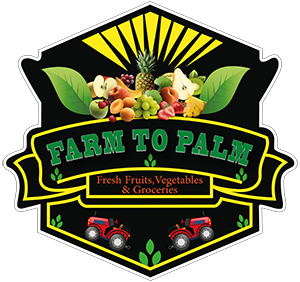The visually appealing cafe latte features a layer of frothy milk on top, combining the robust flavor of coffee with the creamy taste of milk. So, what exactly is a cafe latte? How does it differ from a cappuccino? And what are the various types and brewing methods of lattes available today? All of these inquiries will be unveiled by Farm to Palms in this article, within the section dedicated to different coffee beverages.
What is latte coffee?
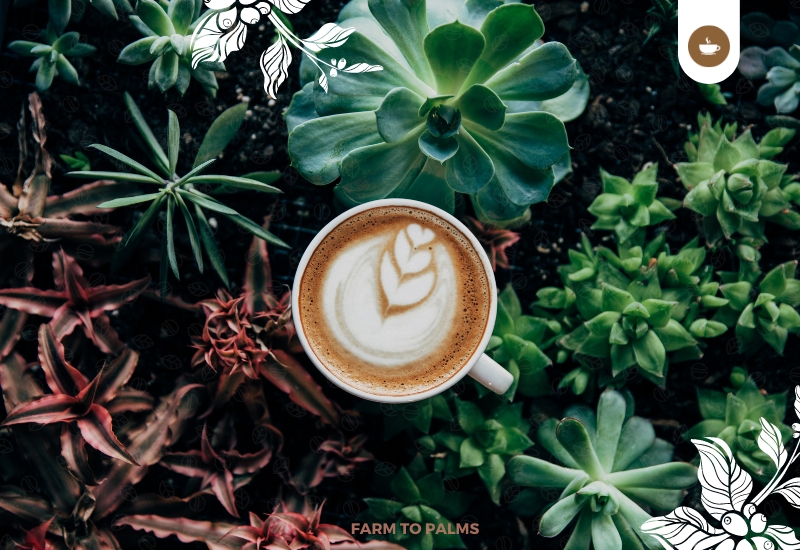
Café latte, commonly referred to as latte, is a beverage of Italian origin. In Scandinavia and Northern Europe, the latte denotes a drink that combines espresso and milk, whereas the French version blends espresso with frothed milk.
Furthermore, the latter has been subject to various adaptations, such as mocha-flavored coffee or alternative beverages like matcha, Indian spiced tea (masala chai), almond milk, or soy milk. A latte is a beverage primarily composed of coffee and milk (that has been frothed).
Moreover, a notable aspect associated with latte is the artistry of latte art. This art form involves pouring heated milk (prepared through steamed milk or frothed milk techniques) onto the latte’s surface to create visually appealing designs.
Skilled baristas possess the skill to craft numerous shapes, including flowers, hearts, foliage, faces, animals, or objects.
Origin of Latte Coffee
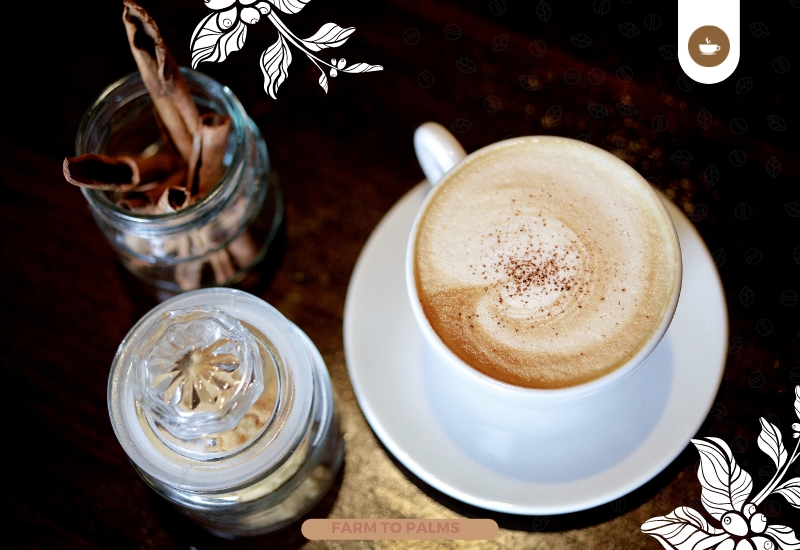
After learning what a Latte coffee is, many of you would surely want to explore the origins of this delicious beverage, wouldn’t you?
Latte coffee (also known as Milchkaffee, café au lait, or Caffè e latte) originated in the 17th century in European countries and has been a staple in many households’ breakfast routines. During this period, Latte coffee was hardly found on the drink menus of cafes in Europe and America.
According to the Oxford English Dictionary, “caffè e latte” was first used in English in the essay “Italian Journeys” by William Dean Howells. Kenneth Davids also supported the idea that this beverage has been part of European breakfast traditions for generations, and its commercial version in cafes is an American invention.
The term “café au lait” in French has been used in coffee houses in certain continental European countries since 1900. In Germany, it is still referred to as “Milchkaffee.” In English-speaking countries, “latte” is an abbreviation of “caffelatte” or “caffellatte” (derived from caffè e latte – “coffee and milk”). In the 1950s, the latte became a standard beverage and gained popularity in Washington and Seattle in the 1980s before spreading in the early 1990s.
In the 1980s, Latte coffee regained popularity in Northern Europe and Scandinavia and was prepared using finely frothed milk and espresso. Around 1996-1997, “café au lait” was transformed into “cafe Latte.” Currently, both terms coexist, and using either refers to the same beverage, a milk-based coffee.
Types Of Latte Flavors
Classic lattes are comprised solely of steamed milk and espresso. However, one can enhance the flavor profile by incorporating various syrups and additives.
Across different cultures, a plethora of unique latte flavors can be found. These flavors are achieved by utilizing diverse syrups and add-ins, resulting in distinctive creations. While some flavors may be unconventional, others are more widely recognized.
Outlined below are some of the most prevalent and delectable types of latte flavors:
Caramel Latte

Caramel lattes are sweet coffee beverages with caramel syrup, espresso, and steamed milk. Often, they are garnished with whipped cream and drizzled with caramel sauce. Despite the addition of syrup, caramel lattes typically have a modest calorie count, averaging around 300 calories.
Mocha Latte
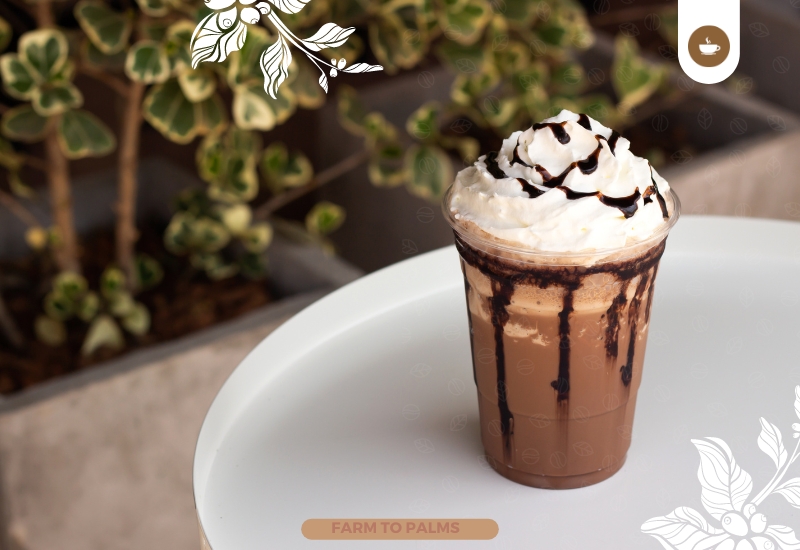
Also known as mochas, mocha lattes feature the inclusion of chocolate sauce. Whipped cream is commonly added as a topping, and occasionally, chocolate drizzle is used. Some variations of mocha lattes utilize melted chocolate instead of chocolate sauce. Calorie content varies depending on size and the presence of sauce, chocolate, or whipped cream, typically amounting to about 400 calories per serving.
Pumpkin Spice Latte
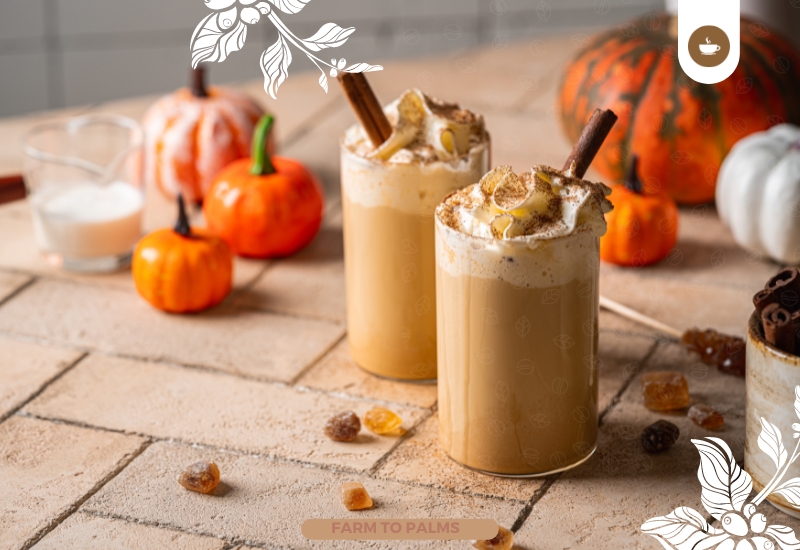
Originating from a Starbucks employee, Peter Duke, in 2001, pumpkin spice lattes gained widespread popularity as a fall-themed beverage. These lattes incorporate pumpkin syrup, milk, and espresso. Alternatively, they can be prepared at home using pumpkin puree, pumpkin pie spices, vanilla extract, and sugar.
Cinnamon Latte
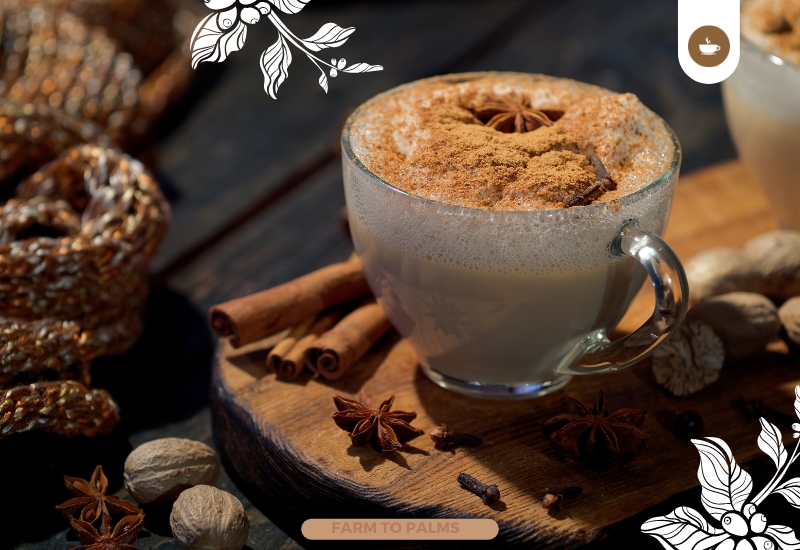
Cinnamon lattes consist of espresso, cinnamon syrup, and steamed milk. While many coffee shops create their own cinnamon syrup in-house, adding cinnamon sticks can transform a classic latte into a cinnamon latte. Notably, cinnamon lattes offer certain health benefits due to cinnamon’s reputed digestive properties and antibacterial qualities. Fans of cinnamon lattes may also enjoy Spanish lattes, which contain cinnamon.
Vanilla Latte
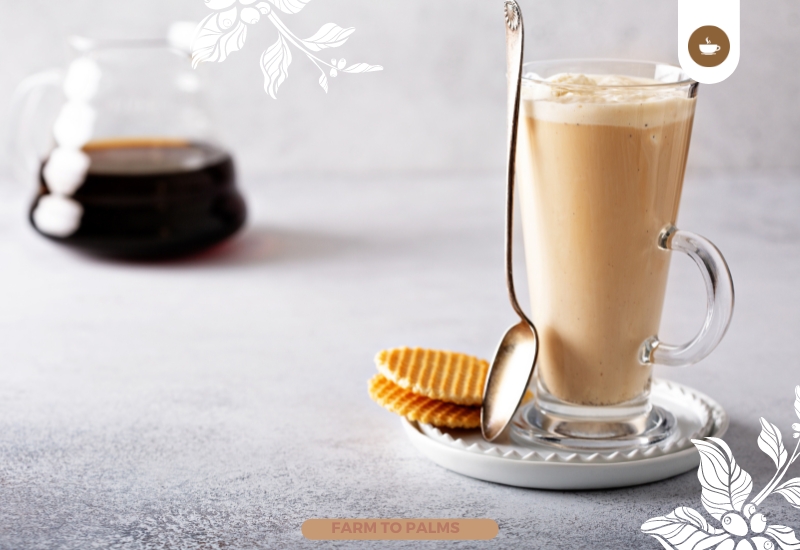
Vanilla lattes are among the most popular and traditional types of lattes. A dash of vanilla syrup is added to a classic latte to create this flavor—the presence of vanilla results in a subtle taste that does not overpower the coffee’s flavor profile. A vanilla latte is an excellent choice for those seeking a milder coffee experience.
Hazelnut Latte
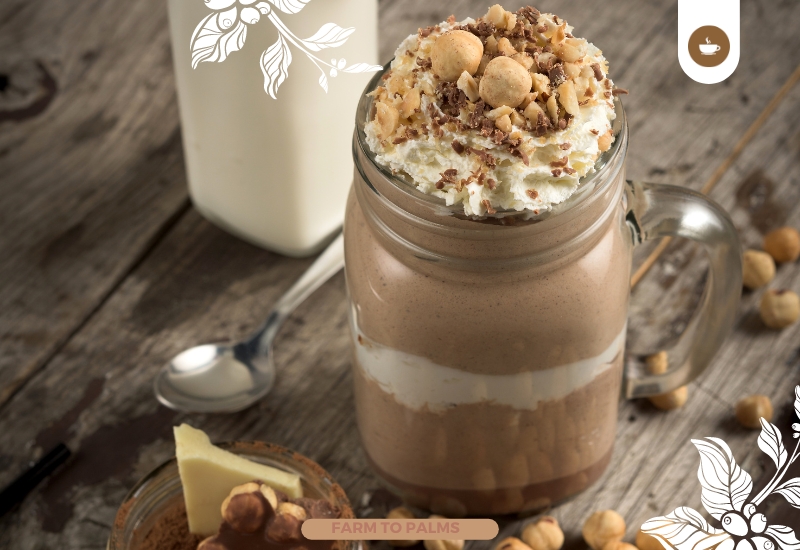
While less common in the United States, hazelnut lattes enjoy significant popularity in Germany due to Germany’s status as a major exporter of hazelnuts. Hazelnut syrup is added to the drink to make a hazelnut latte. For an added touch of nuttiness, hazelnut milk can also be used.
Pistachio Latte

Starbucks introduced its pistachio latte in early 2022, offering both a straightforward and a pistachio mocha. These flavored lattes utilize pistachio-flavored syrup and boast a smooth and sweet taste reminiscent of pistachio gelato. A pistachio latte from Starbucks contains approximately 320 calories.
Coconut Latte
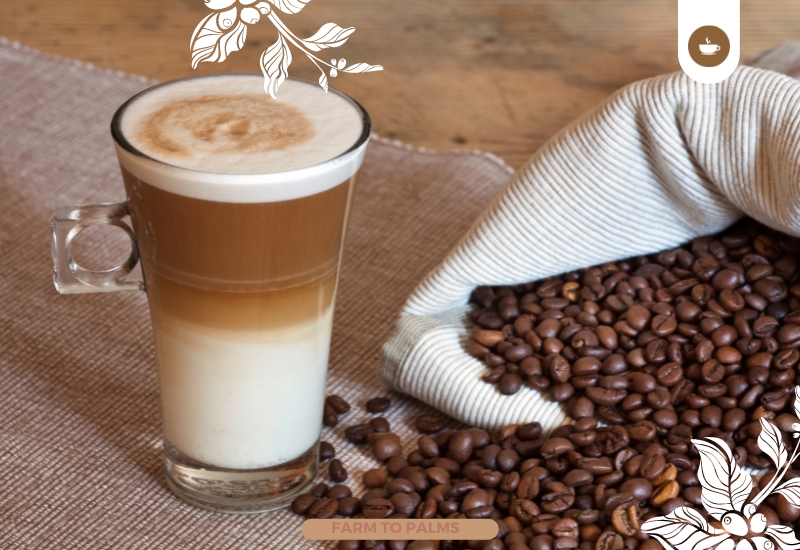
Coconut lattes incorporate either coconut syrup or coconut extract into the drink. While relatively uncommon in U.S. coffee shops, they are prevalent in South American cafés. It is important to distinguish coconut lattes from coconut milk lattes, which replace cow’s milk with coconut milk instead of utilizing extract or syrup.
Lavender Latte
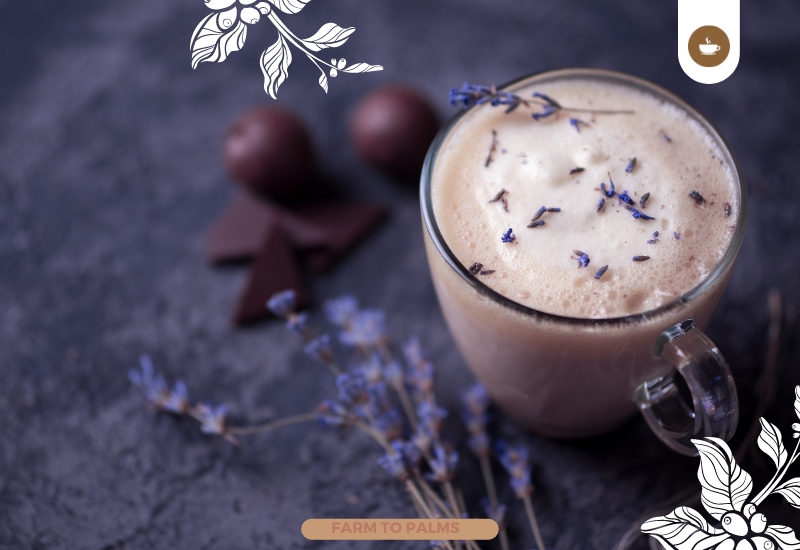
Lavender lattes are another widely enjoyed variant. Achieved by adding lavender syrup to a latte, this flavor incorporates the calming properties associated with lavender into the coffee-drinking experience. Coffee is already known for its relaxing effects, making lavender lattes an ideal choice for winding down in the evenings.
Chai Latte
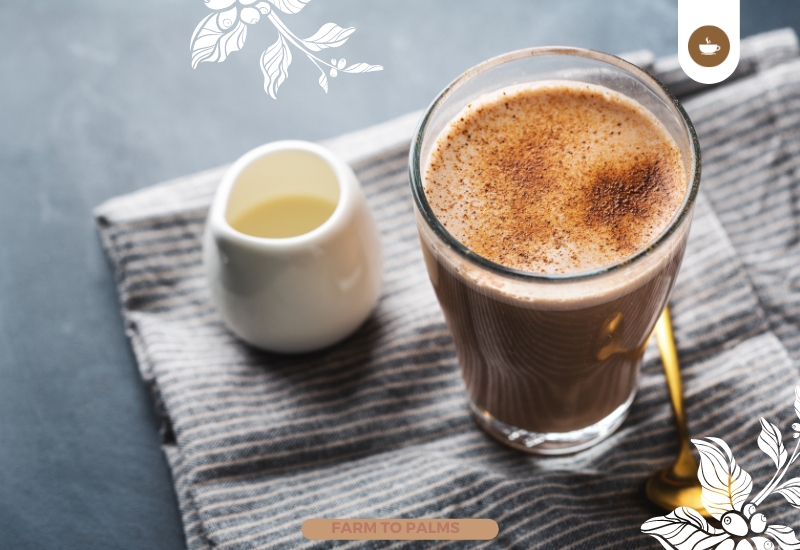
Despite not containing any coffee, chai lattes are undeniably delicious. Chai is a distinct type of tea that combines ginger, cardamom, cinnamon, and black tea leaves. Baristas brew a cup of chai tea or use chai tea concentrate to create chai lattes. Steamed milk and simple syrup are added to impart a spicy and cozy twist to the classic latte. Those seeking a fusion of tea and coffee can request a dirty chai, which combines chai tea with a shot of espresso.
Gingerbread Latte
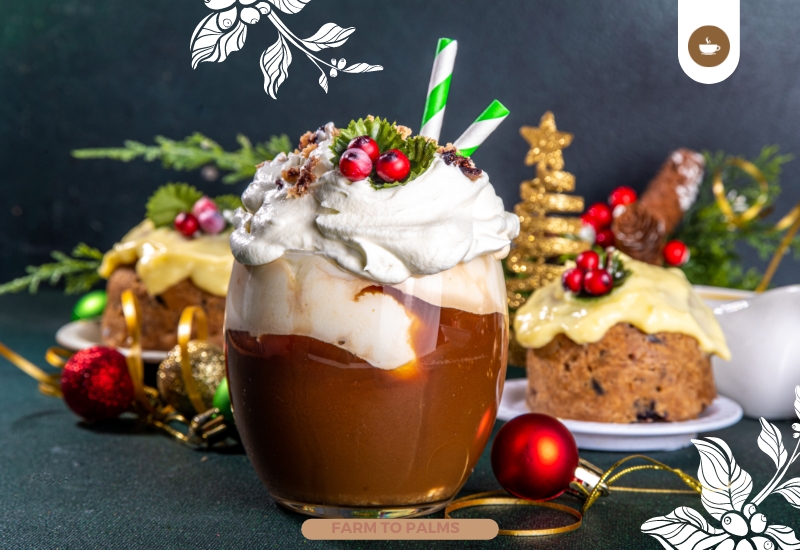
Fans of gingerbread cookies will delight in gingerbread lattes. Starbucks releases a gingerbread latte each year during the winter holidays, incorporating their signature gingerbread syrup into the beverage. One can recreate this flavor at home by adding ginger, molasses, and cinnamon to their latte for a taste reminiscent of gingerbread cookies.
Turmeric Latte
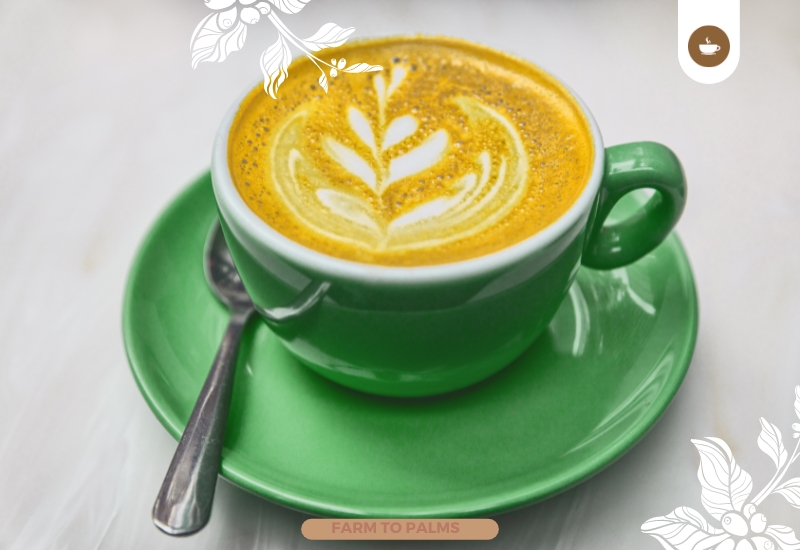
Often referred to as Golden milk lattes, turmeric lattes originated in India and have recently gained popularity in the United States. Notably, these lattes typically do not contain sugar. A standard latte is prepared with a teaspoon of turmeric in the milk, resulting in a slightly spicy and nutty flavor devoid of excessive sweetness. For those unfamiliar with turmeric lattes, it may be prudent to have an alternative coffee option available in case it proves less appealing.
French Toast Latte
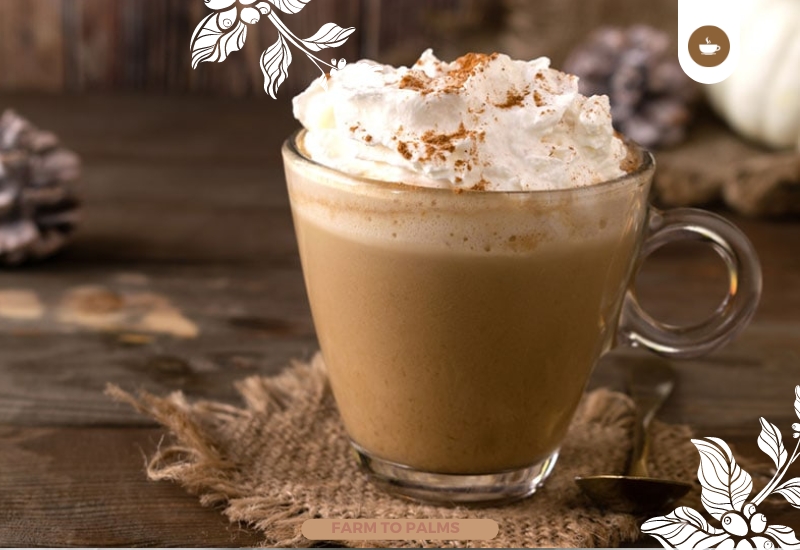
While less prevalent than other flavors on this list, French toast lattes remain a delightful choice for enthusiasts. To create this flavor, vanilla and hazelnut syrup are added to the latte. At home, one can concoct a French toast latte using brown sugar-based simple syrup, maple syrup, cinnamon, and vanilla paste.
White Chocolate Latte
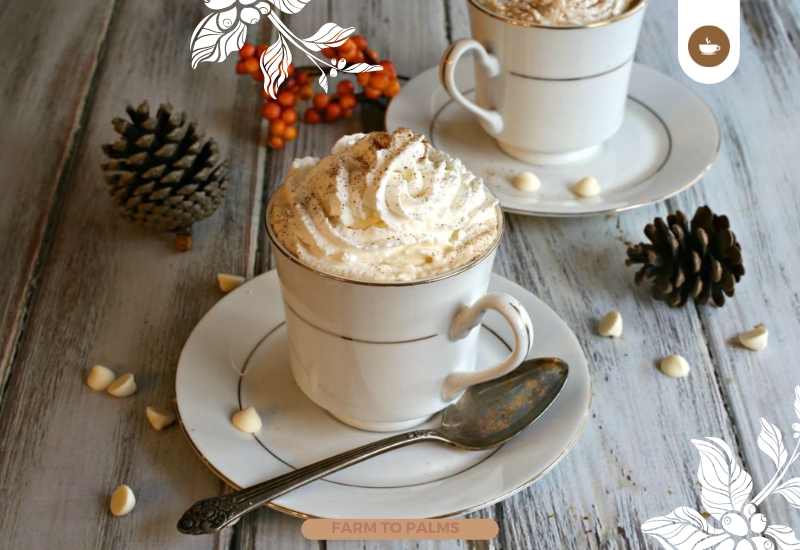
White chocolate lattes are sometimes referred to as white chocolate mochas. These lattes commonly incorporate a thick syrup flavored with white chocolate, espresso, and steamed milk. Some cafés opt to top white chocolate mochas with whipped cream. White chocolate lattes possess a taste reminiscent of condensed milk-based lattes but are not as heavy as standard mochas.
What is the difference between a cafe latte and a cappuccino?
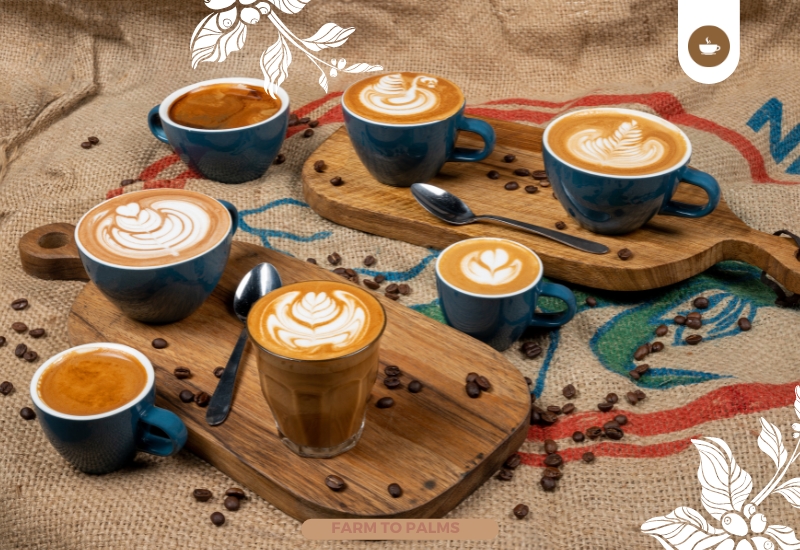
Due to their seemingly identical serving methods, individuals need help distinguishing between latte and cappuccino. Nonetheless, it is imperative to recognize that these two beverages are distinct in nature and can be differentiated based on the following characteristics:
| CAPPUCCINO | LATTE | |
| Espresso | 1 or 2 shots | 1 or 2 shots |
| Steamed Milk | Yes | Yes |
| Foamed Milk | Yes | Light layer on top |
| Layering | Distinctly layered | Espresso and steamed milk mixed together |
| Taste | Strong espresso flavor | Subtle espresso taste |
| Texture | Luxurious velvety texture | Rich and creamy texture |
| Calorie Content | Fewer calories (approximately 130 calories in a 12-ounce cappuccino) | More calories (approximately 210 calories in a 12-ounce latte) |
| Variation | Less variation in preparation | Wide variation in preparation, can be made sweet with flavors like vanilla and hazelnut |
How to make a basic latte
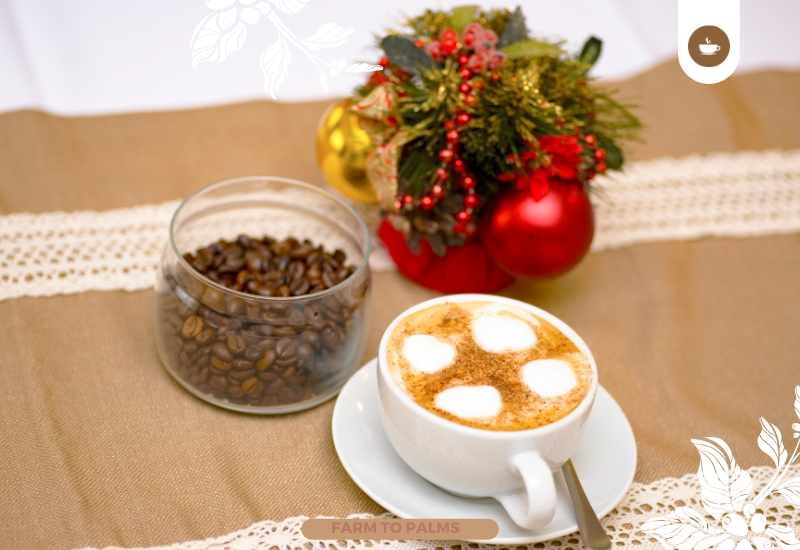
The process of making a basic latte can be easily accomplished by following the suggested steps provided by Farm to Palms:
Preparation of ingredients:
- Coffee powder: 8 – 10 grams
- Fresh pasteurized milk: 250 – 300ml
Required tools:
- Coffee machine
- Milk frother
- Cup
Steps to follow:
Step 1: Place the coffee powder into a tamper and compress it tightly.
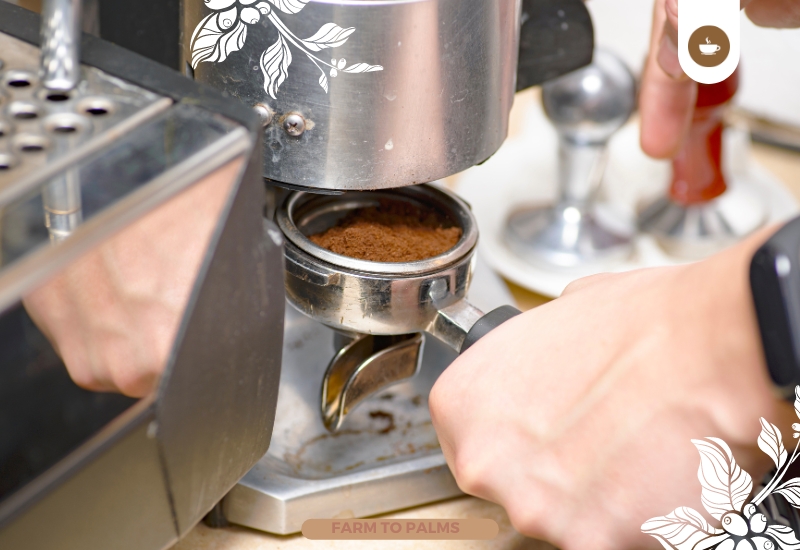
Step 2: Release hot water from the coffee machine and insert the tamper (containing the coffee) into the machine. After pressing the button, hot water will flow through the coffee in the tamper, producing approximately 25ml of aromatic and pure espresso coffee.
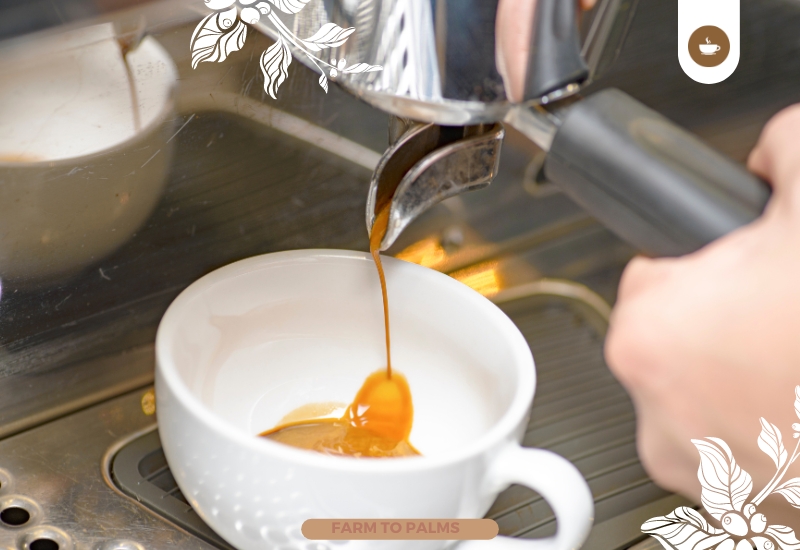
Step 3: Pour the pasteurized milk into the milk frother and proceed to froth the milk at a temperature of 65 degrees Celsius using the coffee machine for about 10 – 15 seconds until the milk becomes frothy and reaches the desired warmth.

Step 4: Pour the espresso coffee into a latte cup and pour the frothed milk.
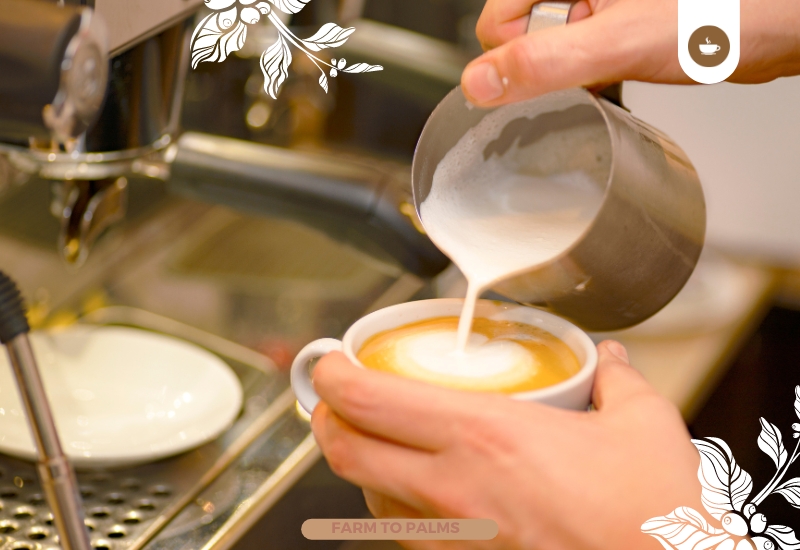
Simultaneously, create latte art by forming milk foam according to your preference or artistic style.
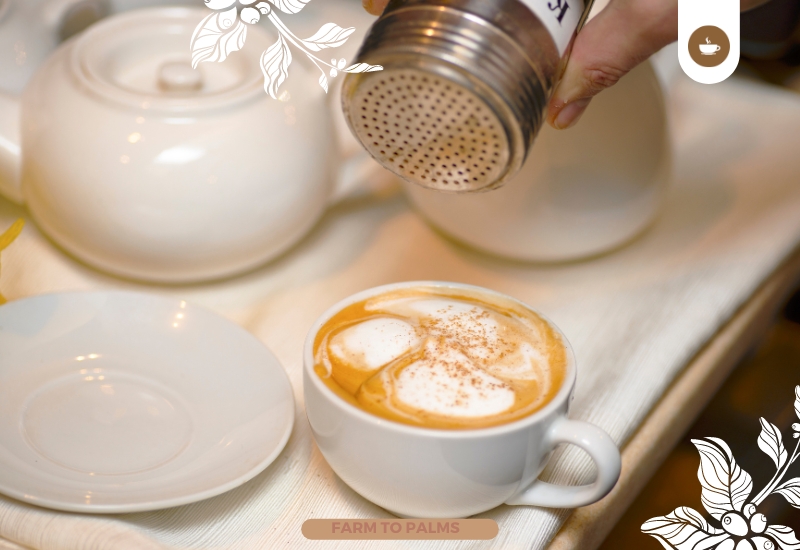
Note: Skillful techniques are required to create latte art. Currently, there are two types of latte art: freehand drawing and Etching. Freehand drawing involves creating simple shapes like leaves, hearts, or trees while pouring the milk foam. On the other hand, Etching is a more professional drawing technique that requires specialized tools and is performed after running the milk foam.
Farm to Palms has helped you understand what a cafe latte is. What are the differences between a latte and a cappuccino? How can you make different types of latte, and what is a simple way to brew it? We hope you enjoy a delicious cup of latte with your friends and family. Don’t forget to visit our supermarket to choose the coffee products that suit your brewing recipe.
